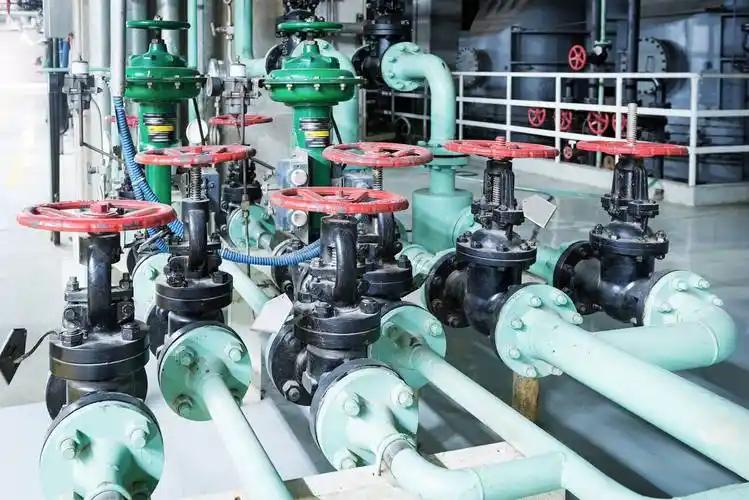Cryogenic valves, as the name suggests, that is, the ability to work in the deep cold low-temperature conditions in the valve, the delimitation of its operating temperature, the operating temperature is usually lower than -40 ℃ valves known as cryogenic valves, mainly used for the liquefaction of gases, separation, transportation and storage equipment, the use of temperature up to -270 ℃ below the current types of gate valves, disconnecting valves, check valves, ball valves, butterfly valves, and throttling valves.
In recent years, the use of ultra-low-temperature valves is becoming more and more widespread, is the petrochemical industry, air separation, natural gas and other industries indispensable one of the important equipment, the working medium is not only low temperature, and most of them or toxic, or flammable and explosive, and strong permeability, so it determines the valve material and design, and so on, many special requirements. Requirements not only in the set temperature can work normally, but also to ensure that the performance of the work at room temperature.
Low-temperature valve valves and room temperature valves, compared with the low-temperature valve packing parts are raised, and the use of longer valve stem. Its purpose is to reduce the heat transmitted into the device from outside; to ensure that the temperature of the stuffing box part of the temperature above 0 ℃, so that the packing can work normally; to prevent the packing box part of the overcooling in the packing box parts of the valve stem and the upper part of the bonnet of the parts of the frost or freeze.
The design of the long neck valve cover is mainly the design of the neck length L, L refers to the bottom of the stuffing box to the upper surface of the upper surface of the sealing seat, it and the thermal conductivity of the material, thermal conductivity area and surface heat dissipation coefficient, heat dissipation area and other factors related to the calculation of a more cumbersome, generally by the experimental method to find.
Temperature higher than -100 ℃ can choose ferritic stainless steel, temperature lower than -100 ℃ when the choice of austenitic stainless steel, low-pressure and small-diameter valves can choose copper alloy or aluminum alloy, the valve body should be able to fully withstand the expansion and contraction caused by the temperature change, and the valve seat part of the structure will not be permanently deformed due to temperature changes.
Cryogenic valves and ordinary room temperature valve difference and selection



